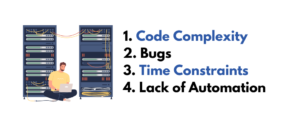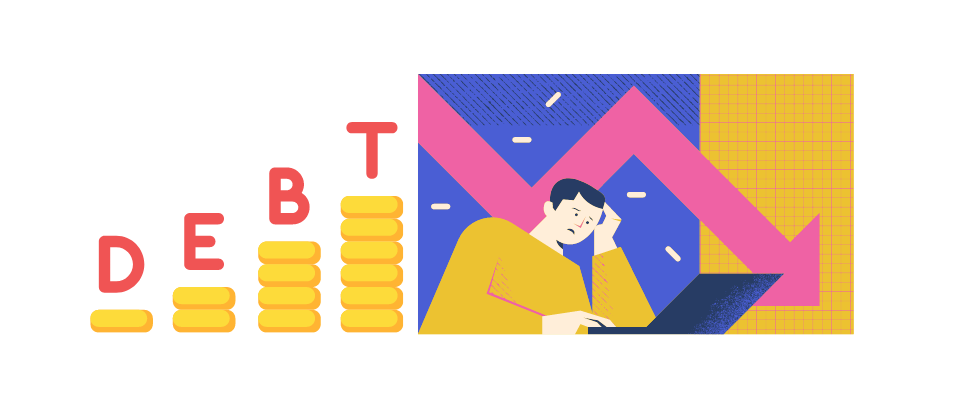Have you ever faced a situation where your product development was slowed down due to technical issues that you didn’t address earlier? If yes, then you may have encountered technical debt. Managing technical debt can be a significant challenge in product management, and if not managed correctly, it can negatively impact the product’s success.
In this blog, we will discuss how to identify and manage technical debt in product management to ensure the long-term success of your product.
In the field of Product Management, technical debt is a common issue that can slow down product development and create long-term problems.
What is technical debt in Product Management?
Technical debt refers to the cost of implementing a software feature or system in a way that sacrifices long-term stability or maintainability. It is the result of using shortcuts or temporary solutions to speed up the development process.
Technical debt can accrue over time and can be caused by various factors, including tight deadlines, lack of resources, or inexperienced developers.
Do you know how to identify and manage technical debt in product management?
Identifying Technical Debt
The first step in managing technical debt is identifying it. Here are some common signs of technical debt:

1. Code Complexity
Code complexity is a significant contributor to technical debt. If you notice that the codebase has become too complex to understand, it may be time to refactor the code.
2. Bugs
If you are dealing with a significant number of bugs in your product, it could be a sign of technical debt. The presence of recurring bugs is a clear indication that you need to address the underlying issues.
3. Time Constraints
Sometimes, product managers need to make quick decisions due to time constraints. However, such decisions may lead to shortcuts in the development process, resulting in technical debt.
4. Lack of Automation
If your development process is manual, it is more prone to errors, leading to technical debt. Lack of automation can also result in slower delivery times and increased costs.
How to Manage Technical Debt?
Once you have identified technical debt, the next step is to manage it. Here are some ways to manage technical debt in Product Management:
1. Prioritize
You cannot address all technical debt at once. Prioritize technical debt based on its impact on the product and the cost of addressing it.
2. Refactor
Refactoring is the process of improving the codebase without changing its external behavior. Refactoring can help reduce technical debt by simplifying the codebase and improving its maintainability.
3. Automation
Automation can help reduce technical debt by removing manual processes and reducing the chances of errors. Automating testing, deployment, and monitoring can help improve product quality, reduce costs, and increase delivery speed.
4. Incremental Improvements
Technical debt can be overwhelming, and it may be challenging to address it all at once. Break down the technical debt into smaller, more manageable chunks and focus on incremental improvements.
Technical debt is an unavoidable reality of product management. However, by identifying and managing technical debt, product managers can improve product quality, reduce costs, and increase customer satisfaction.
Prioritizing, refactoring, automating, and making incremental improvements are all essential steps in managing technical debt. By following these steps, you can ensure that your product is built on a solid foundation and meets the needs of your customers.
Elevate your product management skills to new heights with IIM-V’s Product Management certification! Our comprehensive course is designed to ignite your journey in product management with expertise and know-how.
Unleash your potential in this dynamic field by exploring our insightful blog page today. Don’t miss this opportunity to excel in product management!






